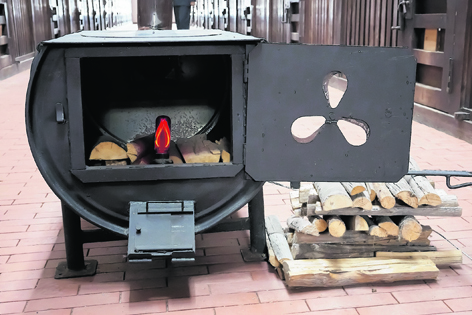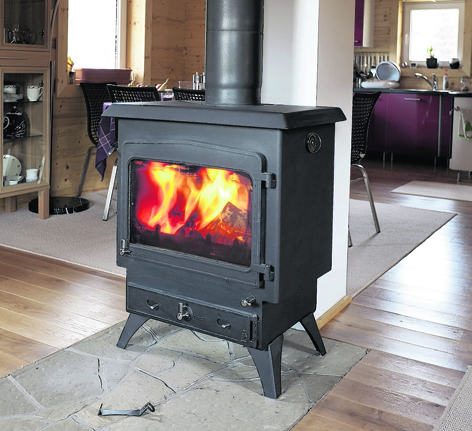Snuggling up in front of a real fire is what winter is all about, but a wood-burning stove is often better than an open fire. Here are our top-five tips for installing and using wood-burning stoves
1. As great as open fires are in many ways, they are not very energy efficient, at only around 20%. Wood-burning stoves are much more efficient, at around 70-90%, so you get all the benefits of a real fire without most of your money going up in smoke.
2. As well as the wood burner itself, remember to factor in the cost of installation, accessories and any necessary building work. However, your wood burner should start saving you money straightaway by reducing the need to have the heating on. If your home has an open-plan layout, or you keep the internal doors open so the stove does more than just heat the room it’s in, you should save more on heating costs.
3. The installation of a wood burner must comply with building regulations, and the easiest way to do this is to use a qualified fitter. HETAS-registered installers deal with wood, solid-fuel and biomass domestic heating appliances and can self-certify that their work complies with building regulations, so it’s safe and legal.
 4. The chimney may need to be lined before the wood burner can be installed. Homes dating from the mid-1960s onwards should have had a concrete or clay chimney liner fitted when they were built, but get a qualified installer to check out the chimney, whatever the age of your home. There are lots of benefits to having a chimney lined, including better energy efficiency.
4. The chimney may need to be lined before the wood burner can be installed. Homes dating from the mid-1960s onwards should have had a concrete or clay chimney liner fitted when they were built, but get a qualified installer to check out the chimney, whatever the age of your home. There are lots of benefits to having a chimney lined, including better energy efficiency.
5. Wood (as long as it’s sustainably sourced) is a more environmentally friendly fuel than oil or gas – and subject to fewer price rises. Freshly cut wood contains a lot of water, so you have to dry it out (season it) before you can burn it. This can take as long as three years. You can buy wood that’s already seasoned, or you can season it yourself,
using a log store – if air can circulate around the logs, they should dry out. And it’s not just wood – with a multi-fuel stove, you can also burn fuels like coal, smokeless fuel, peat and turf (depending on any smoke-control restrictions in your
area).
